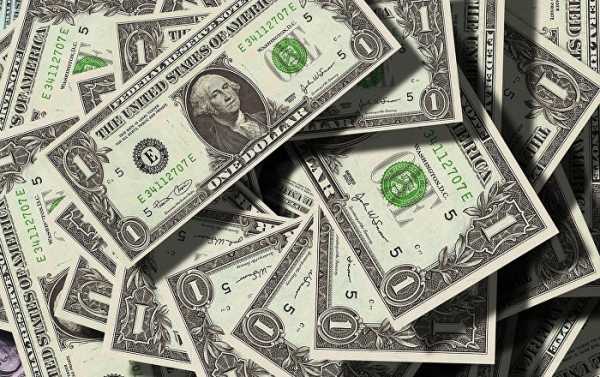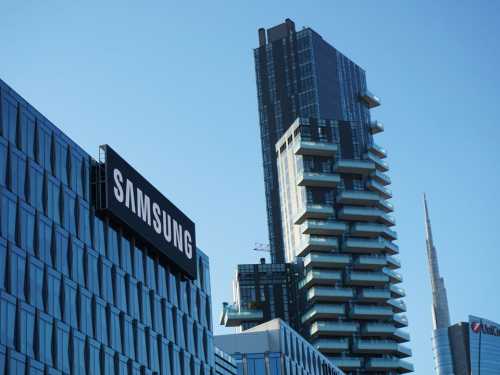
Dallas Federal Reserve President Robert Kaplan says current US central bank interest rates are still supportive of the ongoing economic expansion, suggesting that there is still wiggle room for policy adjustment until the Fed hits a neutral rate sometime next year.
Kristian Rouz — The ongoing internal policy debate at the US central bank, coupled with President Donald Trump’s criticism, prompted a top Fed official to speak up on the state of the economy and outline further action on interest rates.
President of the Federal Reserve Bank of Dallas Robert Kaplan says base borrowing costs will hit the so-called “neutral rate” after “two-three more” hikes. The “neutral rate” means the level of central bank interest that neither stifles nor supports economic expansion.
Fed rates currently stand at 2.00-2.25 percent, whilst many economists agree the neutral rate in the current expansion cycle is just below 3 percent. This might suggest, according to Kaplan, base borrowing costs within the range of 2.75-3.00 percent would mark the end of roughly a decade of accommodative Fed policies.
Kaplan also highlighted the central bank’s role in managing the elevated inflationary pressures amidst the solid labor market.
“The Fed is basically meeting its dual mandate,” Kaplan said in a speech at an event hosted by the Manhattan Institute.
The Dallas Fed president suggested that the ultra-low unemployment is poised to push salaries and wages higher, which would inevitably translate into quicker inflation. However, higher Fed interest rates would stave off such a risk.
The majority of Fed board members appear to agree with Kaplan’s assessment, according to the minutes of the most recent Federal Open Market Committee’s (FOMC) meeting. Market analysts said the central bank will likely remain proactive, raising rates and cutting the Fed balance sheet for as long as the ongoing acceleration in GDP growth rate allows for tighter policies.
“Policy makers seem more emboldened to extend the tightening cycle,” Sal Guatieri of BMO Capital Markets said.
Several separate statements from Fed officials have suggested that the central bank would increase rates three times in 2019, but economists also expect at least one hike this year as well.
Higher interest rates typically encourage savings-based approaches to personal finance as opposed to the unlimited borrowing and refinance cycle — which has by now produced a massive $13-trillion burden of US household debt.
At the same time, higher rates support commercial bank profitability and earnings, as credit products become more expensive, whilst the tight labor market supports consumer demand for loans.
In this environment, the Fed appears to be committed to raising rates into the restrictive territory and above neutral — but Trump has repeatedly expressed his concern over such a scenario.
However, Kaplan stressed that current Fed policies are still “modestly” accommodative — meaning central bank interest rates are still stimulating the GDP growth. Trump had previously suggested that higher rates could chock off the robust economic expansion — but Kaplan’s remarks suggest otherwise.
Additionally, the Dallas Fed president stressed he’s not yet certain if the Fed should move rates into the restrictive territory, albeit the minutes from FOMC meeting have shown some board members would support rates going above neutral.
Kaplan also reaffirmed the Fed’s view of US GDP growth accelerating to above 3 percent for this year, whilst saying the unemployment rate would fall below the current 3.7 percent. The Dallas Fed president also said that although growth might moderate in the medium-term, the US is unlikely to slide into a recession in the foreseeable future due to a strong expansion in the consumer sector.
US domestic consumption makes up some 70 percent of total economic growth.
Kaplan’s remarks suggest Fed policies have so-far been supportive of Trump economic agenda, allowing the economy to reach a sustainable 3-percent growth, whilst mitigating the risks of market volatility and asset bubbles.
However, as the US president seeks GDP growth rate to stabilize at above 4 percent per year, the Fed’s action to move rates above neutral could potentially produce some tension between the Trump administration and the central bank.
Sourse: sputniknews.com






